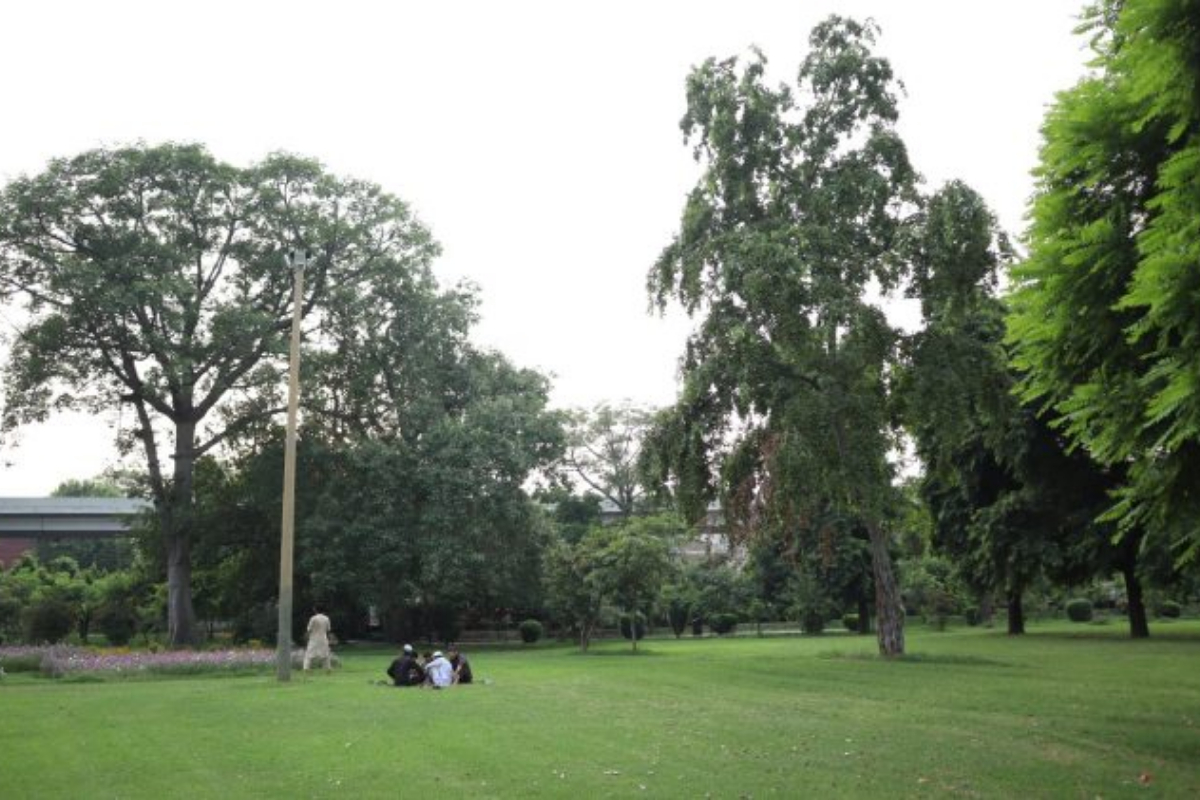Heatwave will likely persist in Islamabad, Rawalpindi and most parts of Pakistan on Monday and Tuesday. In twin cities, day temperatures will remain 03 to 05°C above normal levels.
According to the Pakistan Meteorological Department (PMD), continental air dominates most of Pakistan, with high atmospheric pressure expected to continue until May 27. A shallow westerly wave is also present over the northern regions.
As a result, heatwaves will persist in the twin cities and most parts of the country on Monday and Tuesday. Daytime temperatures in the twin cities will be 3 to 5°C above normal, 6 to 8°C above normal in Punjab and Sindh, and 4 to 6°C above normal in other regions. Gusty and dust-raising winds are anticipated in the afternoon. However, isolated rain showers are expected in Gilgit-Baltistan during this period.
Islamabad’s maximum temperatures are projected to range from 39-41°C on Monday and 40-42°C on Tuesday.
Rawalpindi’s maximum temperatures will likely stay between 40-42°C on Monday and Tuesday.
Meanwhile, heatwaves prevailed in most parts of the country during the last 24 hours. However, light rain-wind/thunderstorms occurred in Gilgit-Baltistan.
Mohenjo-Daro and Dadu remained the hottest places in the country where the maximum temperature was recorded at 50°C. Maximum temperature in Jacobabad was recorded at 49°C, Shaheed Benazirabad, Padidan, Sibbi, Larkana, Rohri, Sukkur and Turbat at 48°C, Bahawalpur, Khairpur and Sakrand at 47°C.
In Islamabad, the maximum temperature was recorded at 40°C. Relative humidity in the morning was recorded at 43 percent.
In Rawalpindi, the maximum temperature was recorded at 39°C. Relative humidity in the morning was recorded at 20 percent.



















